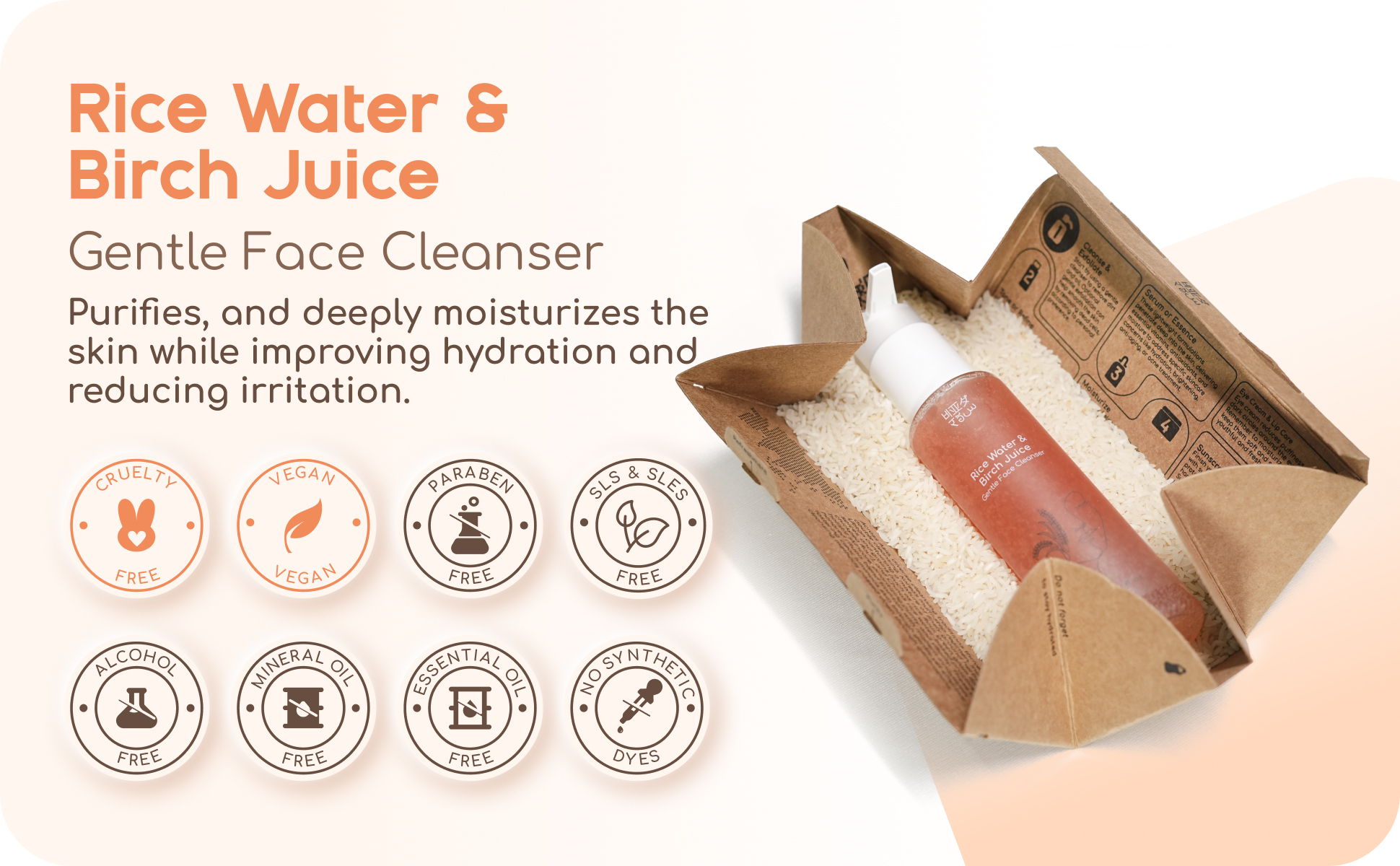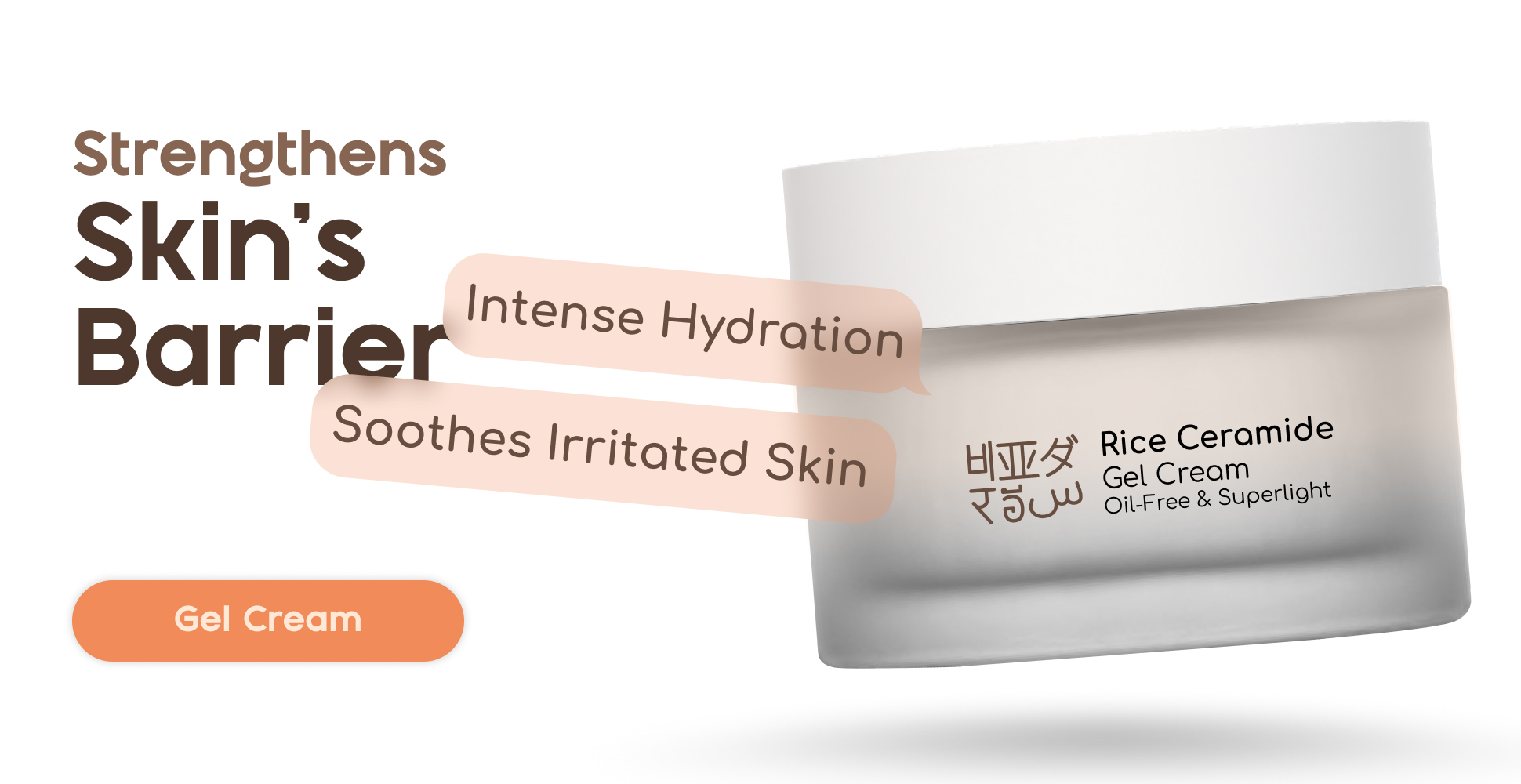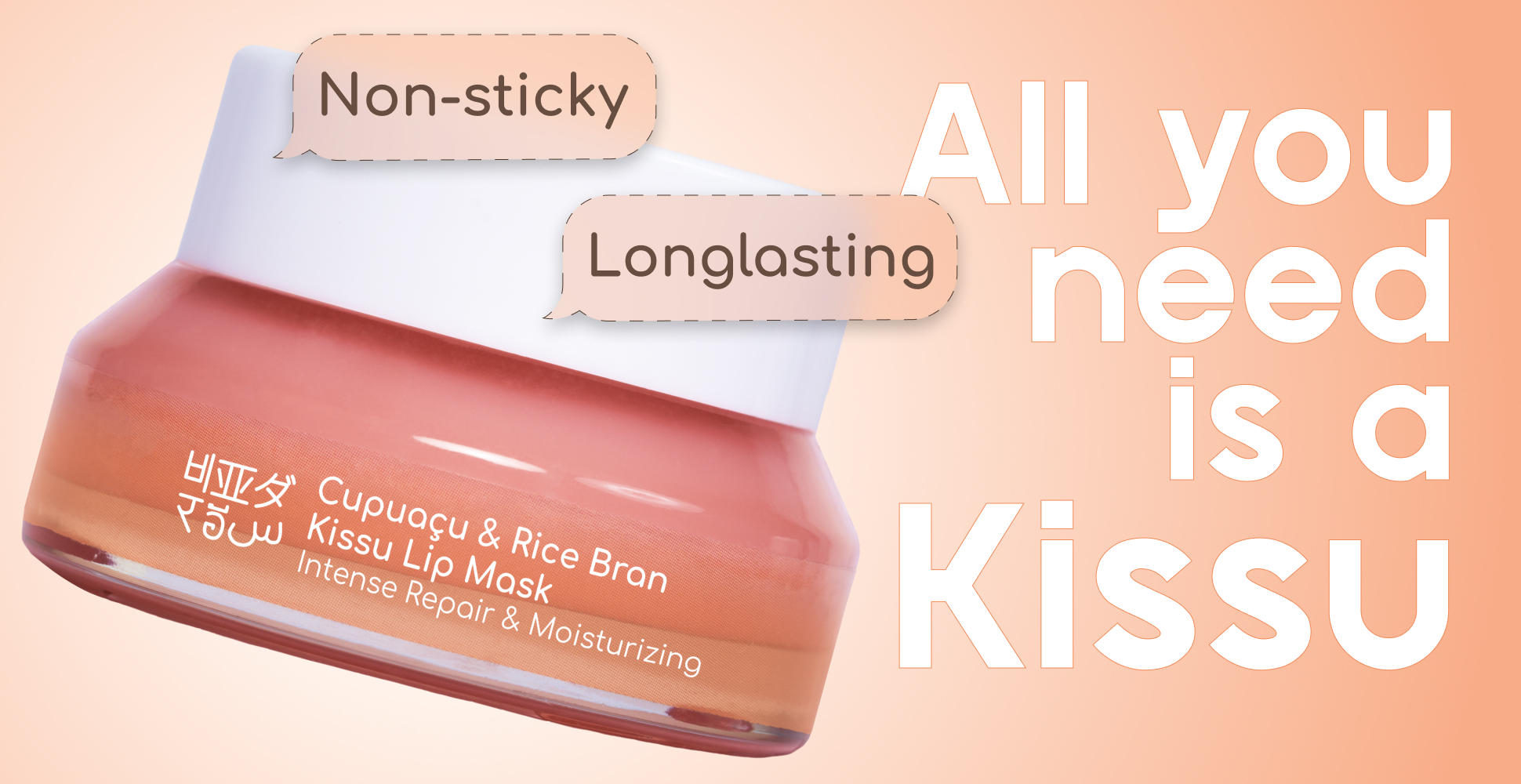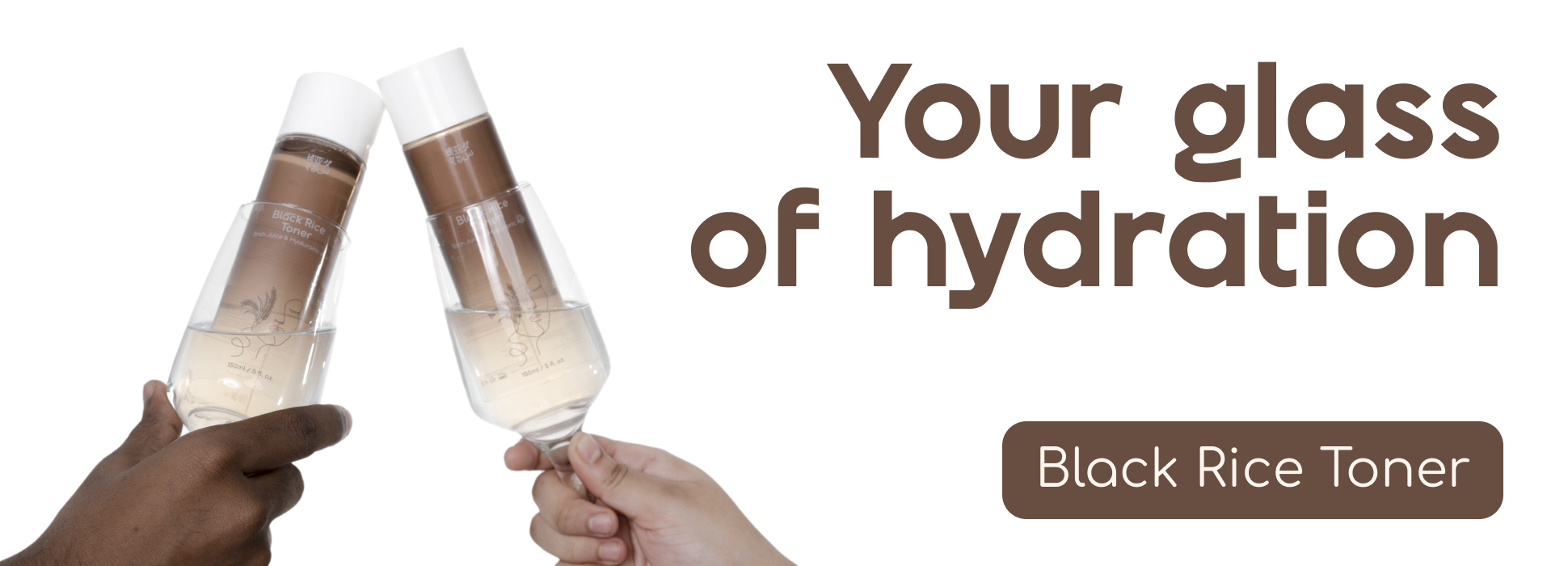Our Hero Products
Kissu Lip Mask – Capuacu butter, Jojoba oil & Rice Bran
What are the ingredients that react with ceramides
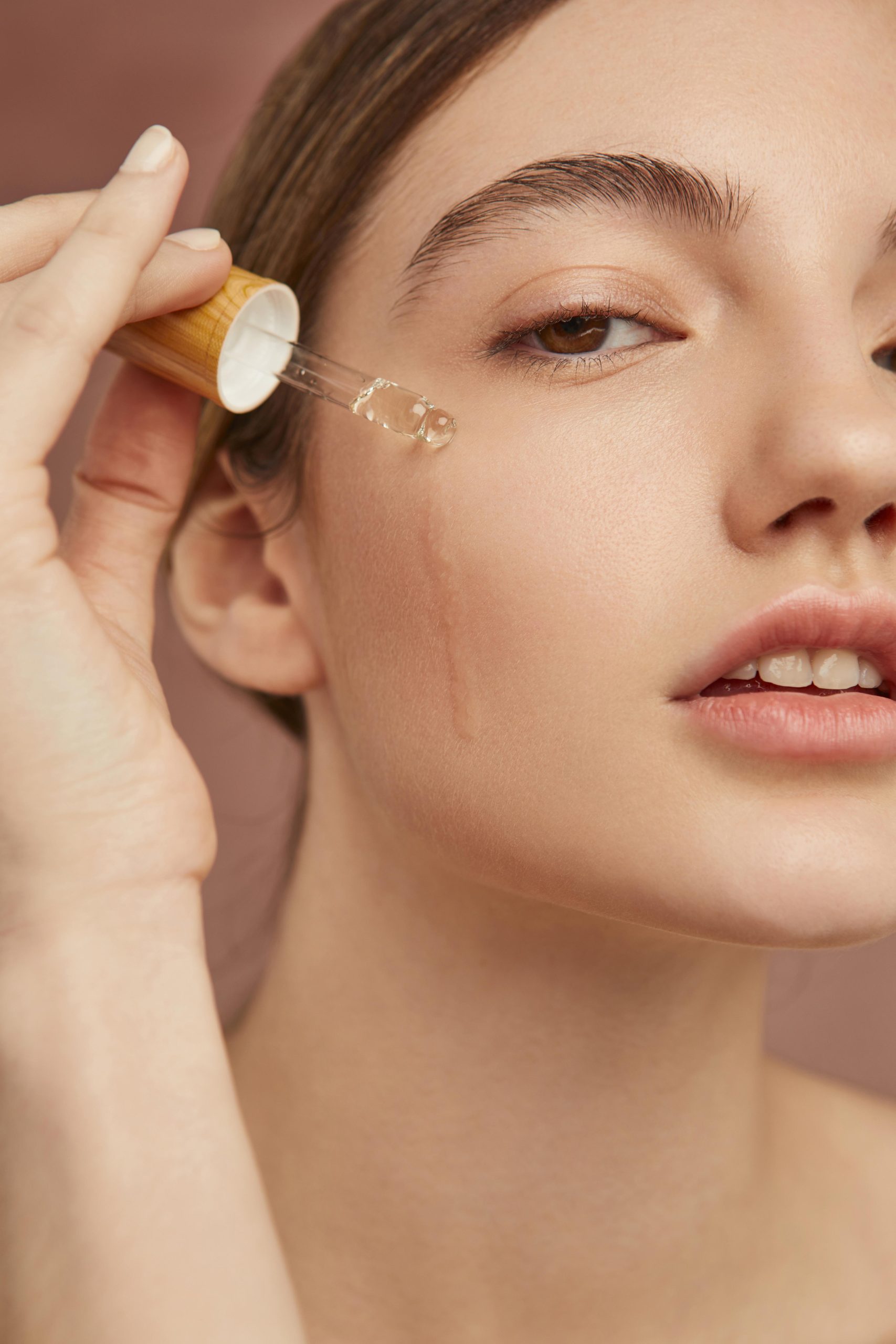
Did you ever give it a thought as to why your products are not working beyond your expectations? It could probably be the ingredients that react with ceramides. Ceramides are important for healthy skin but their effectiveness can be influenced in combination with other ingredients. Let us understand these various combinations with ceramides-
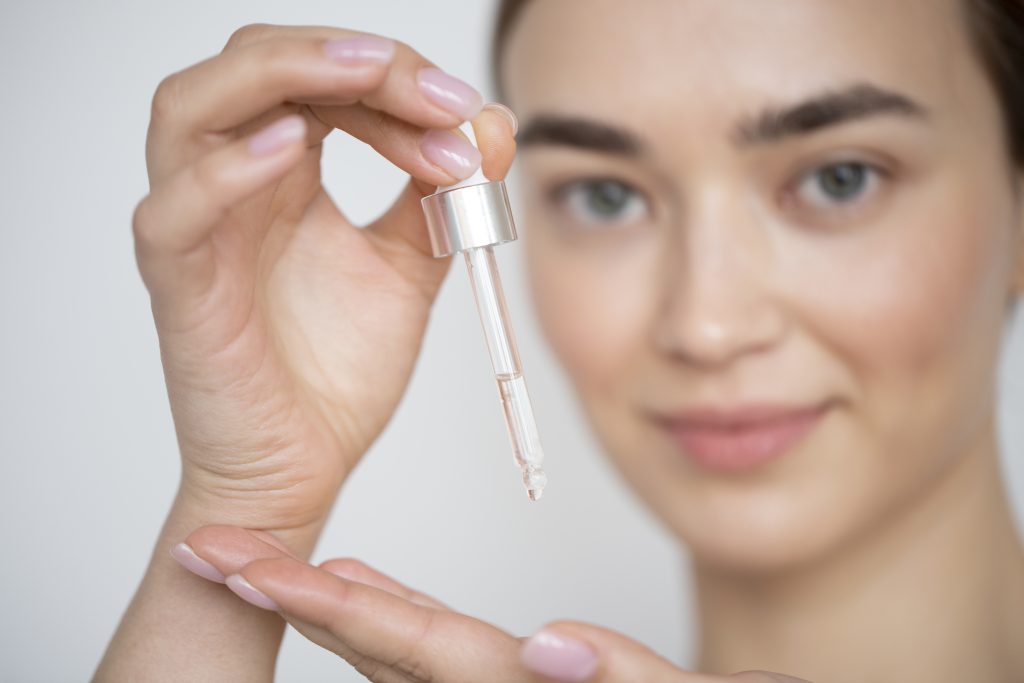
What are ceramides?
The outermost layer of the skin known as the Stratum corneum contains certain essential lipids known as ceramides. Ceramides make up about 50% of the skin composition and play an important role in maintaining the skin barrier. We can understand this in a better way by considering skin as a brick wall and skin cells as bricks. Your ceramides act as the mortar that holds them together. This framework helps your skin to feel smooth, and firm and protects you from external damage.
Role of ceramides in skincare
Ceramides play a major role in barrier protection by forming a protective layer that limits moisture loss and protects your skin from harmful external factors such as pollution, gases etc. By limiting the water loss, ceramides regulate your skin hydration. Maintaining healthy levels of ceramides can help reduce fine lines and wrinkles, as they keep the skin plump and hydrated.
Hence ceramides are critical for anyone looking to maintain healthy skin, especially for those with dry or sensitive skin types. As we age, the natural ceramide levels in our skin decrease, which can lead to dryness, irritation, and more pronounced signs of ageing. Using skincare products that contain ceramides can help to replenish these essential lipids, supporting a healthy skin barrier and improving overall skin health.
What happens when you don’t include ceramides in your routine?
When your skin doesn’t have enough ceramides, its hydration balance can be compromised. This can cause your skin to lose moisture and appear dehydrated, a condition called transepidermal water loss. A few symptoms of this condition may include dryness, redness and increased sensitivity.
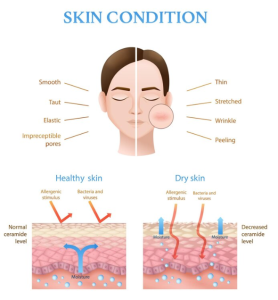
Skincare ingredients that react with ceramides
Here are the few ingredients that react with ceramides and some which do not-
1) Hyaluronic acid:
Hyaluronic acid along with ceramides are powerful ingredients of hydration. Hyaluronic acid when combined with ceramides enhances the skin’s plumpness and soothes your skin by locking in the moisture and preventing dehydration. While ceramides help minimise water loss through the skin’s surface, hyaluronic acid draws in water molecules from the atmosphere towards the skin’s surface.
2) Niacinamide:
Niacinamide also known as Vitamin B3 is a versatile ingredient known for its anti-inflammatory properties and controlling oil production. When used along with ceramides, these ingredients enhance the barrier-repairing properties and retain moisture. Additionally, both ingredients have soothing properties that calm irritated skin, reducing redness and sensitivity, while also improving skin texture and elasticity, helping to reduce the appearance of fine lines and wrinkles.
3) Vitamin C:
Vitamin C is a very beneficial ingredient that boosts collagen production and oxidises the free radicals, thereby protecting the skin barrier from external stressors. It is also known to reduce pigmentation and brighten skin tone. Ceramides and Vitamin C complement each other well. Ceramides help to reinforce the skin’s barrier, ensuring that the moisture and nutrients from vitamin C are effectively retained. Meanwhile, vitamin C enhances the skin’s overall radiance and fights oxidative stress, which can lead to premature ageing.
4) Salicylic acid:
Salicylic acid is a form of beta-hydroxy acid that is known for its anti-acne properties and reducing sebum production. It effectively removes dead skin cells from the skin’s surface thereby brightening the skin complexion and reducing fine lines. However, excessive use can result in skin hypersensitivity or dryness. Hence incorporating it with ceramides can balance the effects by reducing the drying and ensuring your skin stays healthy.
5) Retinol:
Retinol is a derivative of Vitamin A known for its ability to promote cell turnover and its anti-ageing properties. However, retinol can sometimes cause dryness, irritation, and sensitivity, particularly when first introduced to a skincare routine. When used together, retinol and ceramides create a balanced skincare routine. Retinol works to renew and repair the skin, while ceramides help to reinforce the skin barrier and lock in moisture, mitigating the potential drying and irritating effects of retinol.
6) AHA’s:
AHAs, like glycolic acid and lactic acid, are used for exfoliation. While they can help remove dead skin cells, they can also strip away natural lipids, including ceramides. Using AHAs too frequently can weaken the skin barrier, so it’s essential to balance their use with ceramide-rich products.
Introducing our Rice ceramide gel cream: a powerful duo of ceramides and hyaluronic acid!
As we have mentioned above, Ceramides and Hyaluronic acid are a powerful combination to intensify your skin hydration as well as protect your skin barrier. Keeping this in mind, we have formulated a Rice ceramide gel cream that contains powerful ingredients such as ceramides, rice ferment, and 17 amino acids which together soothe irritated skin, help strengthen barriers, and keep your skin hydrated throughout the day.
Follow the link to purchase our product: https://beyondrice.in/store/face/rice-ceramide-face-gel-cream-moisturizer/
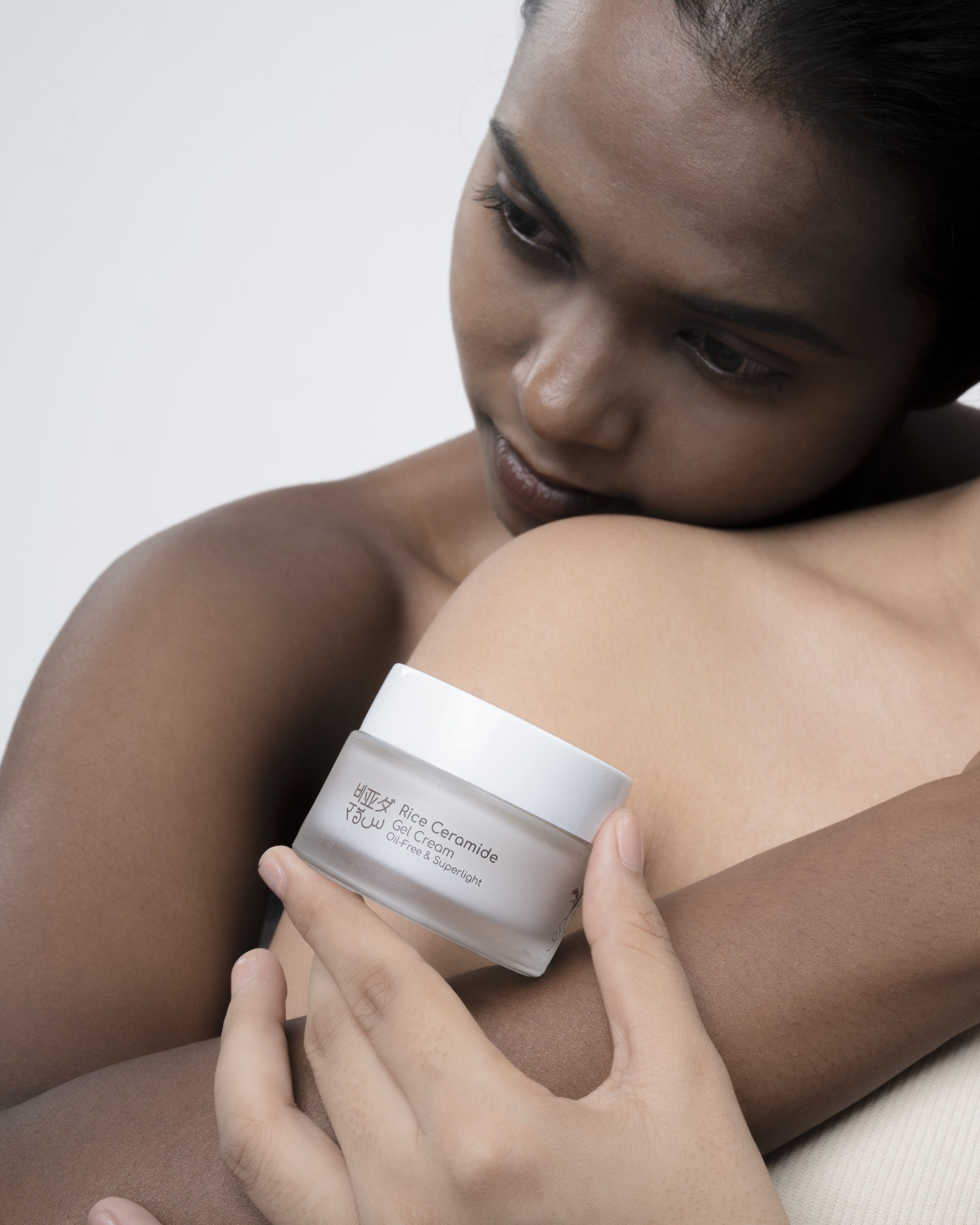 Now that you know which ingredients to incorporate well with your ceramides, make sure to make a list of combinations that particularly target your skin concerns and enhance your skin health. Happy skincare!
Now that you know which ingredients to incorporate well with your ceramides, make sure to make a list of combinations that particularly target your skin concerns and enhance your skin health. Happy skincare!

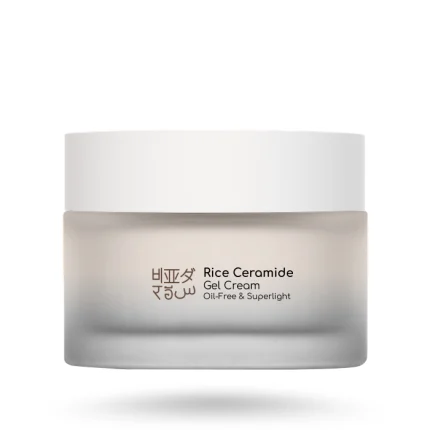
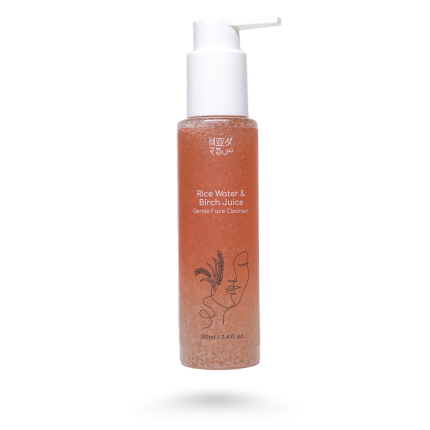
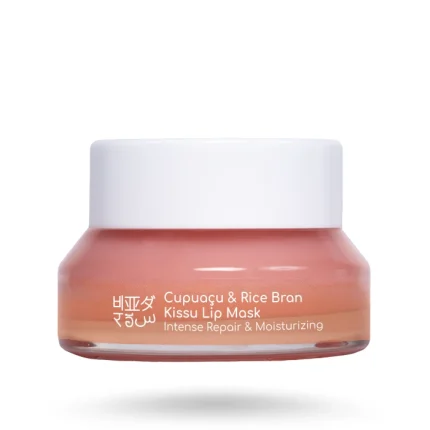
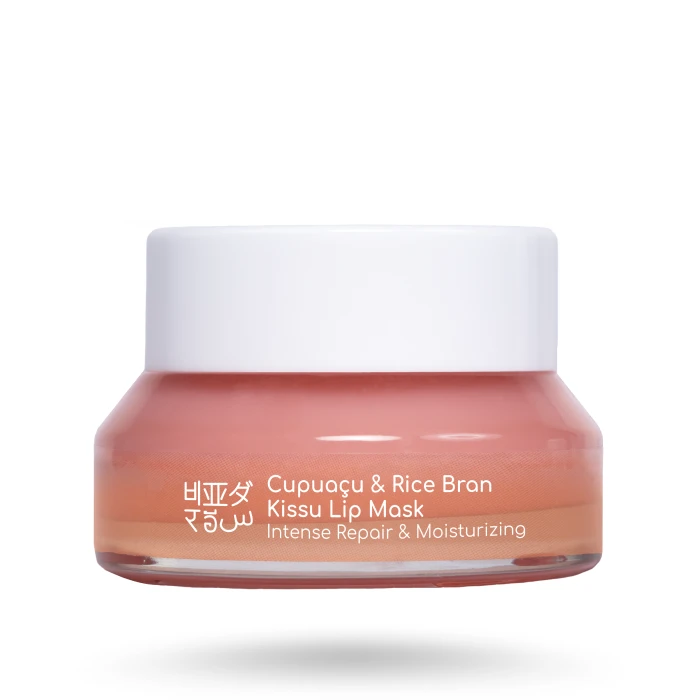
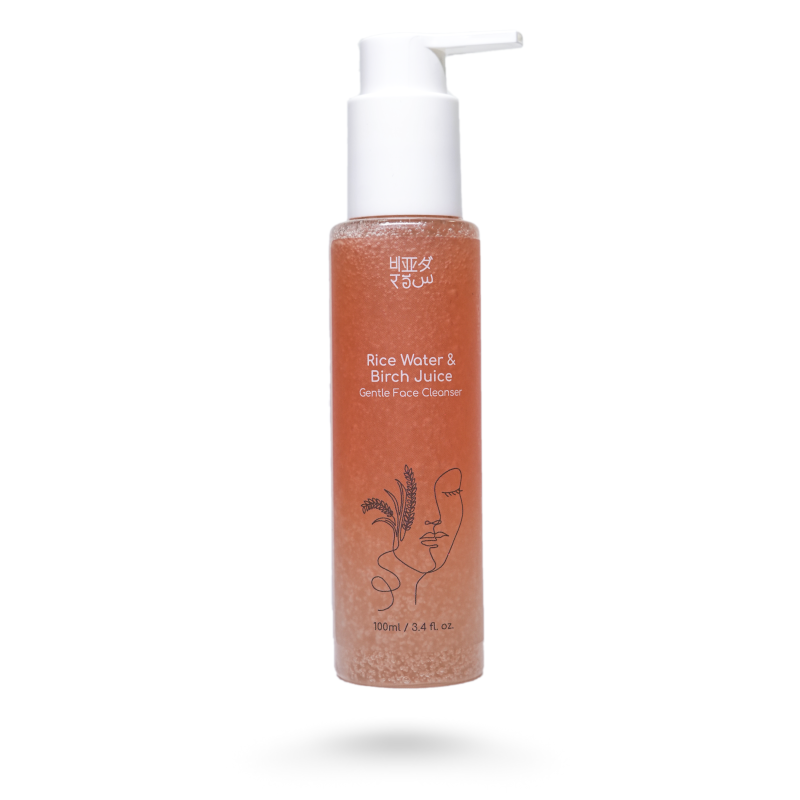
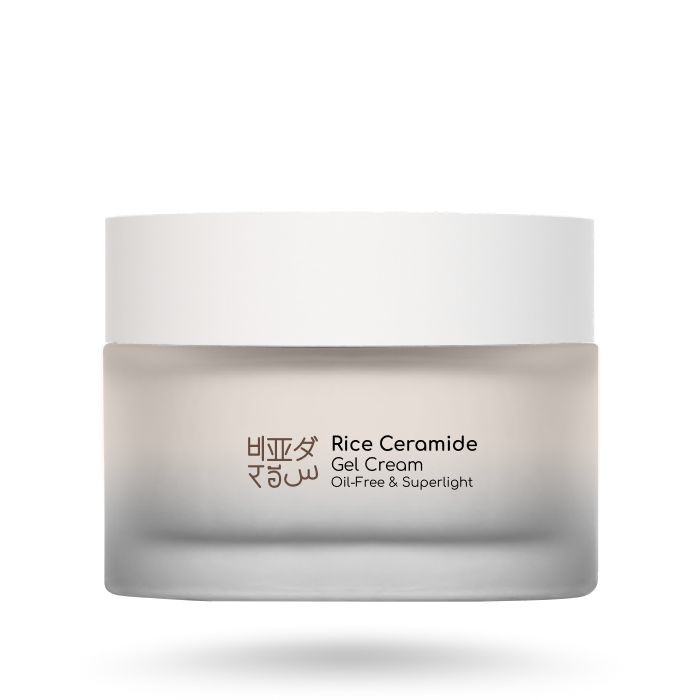
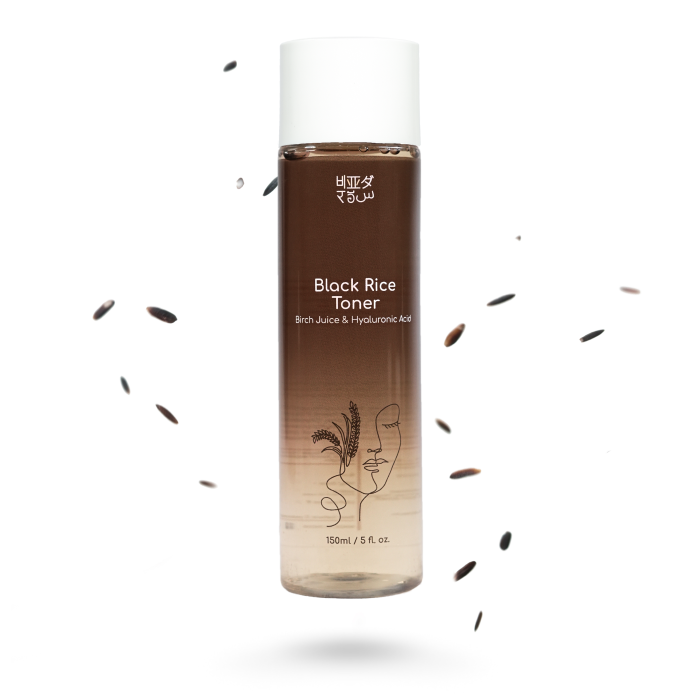
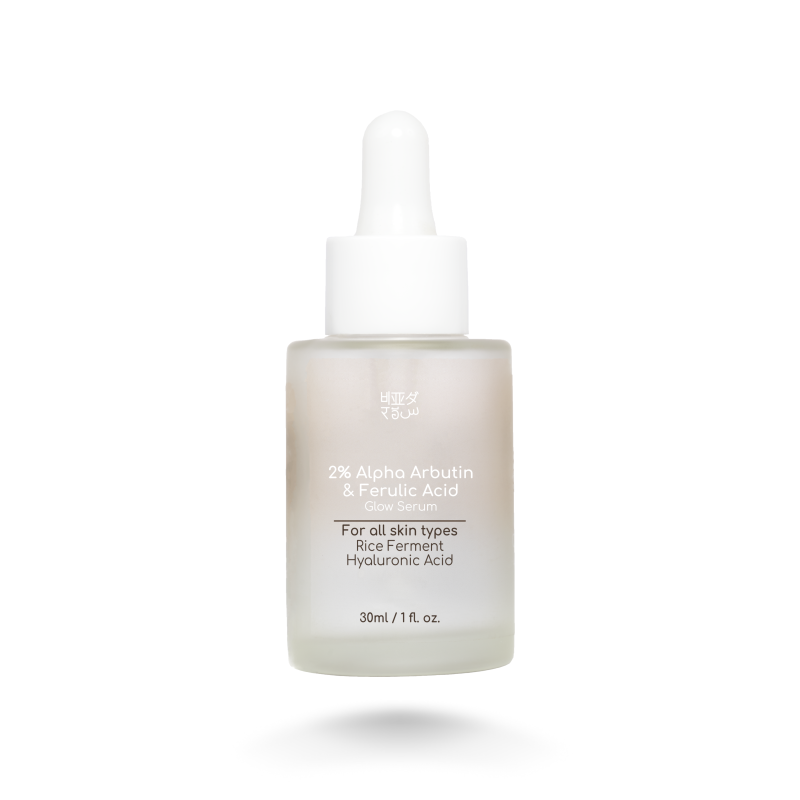
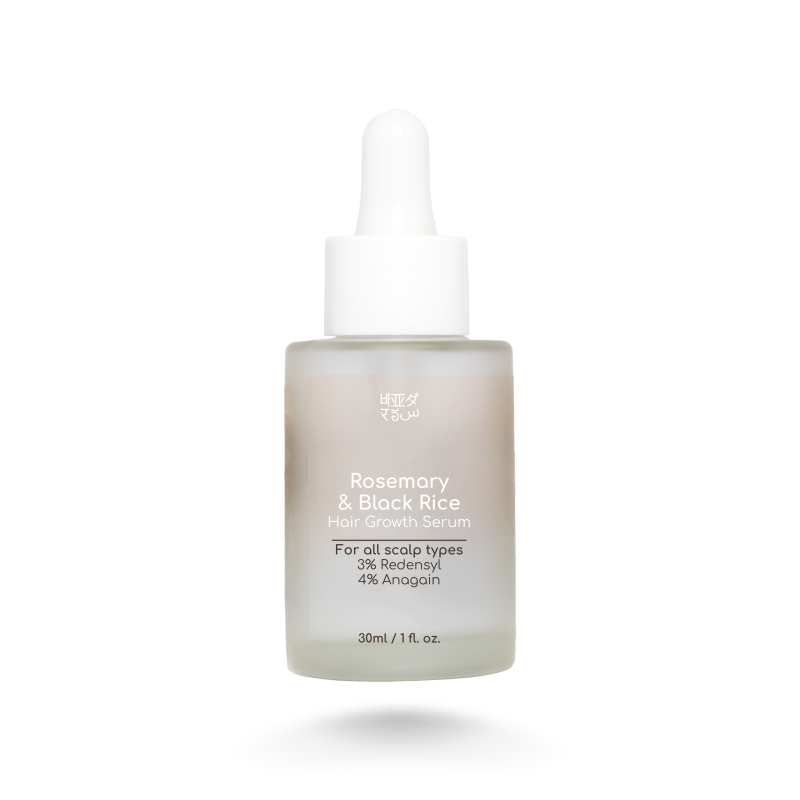
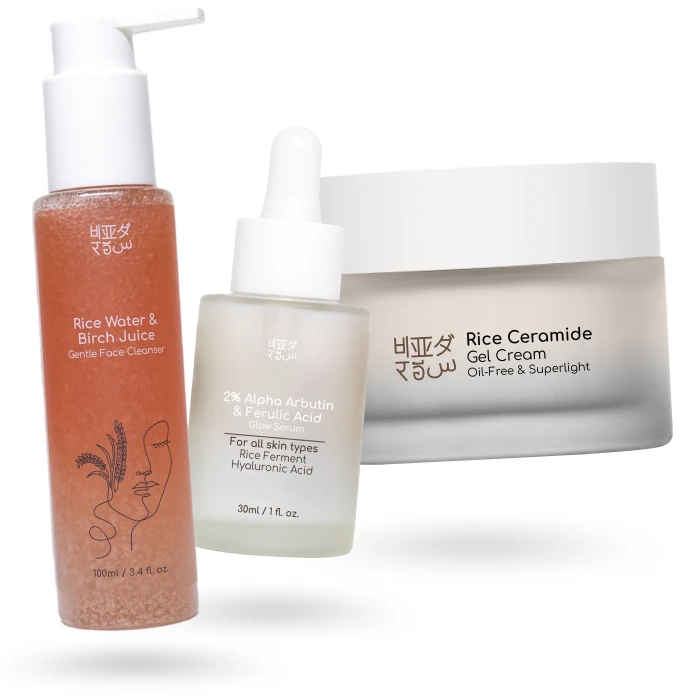
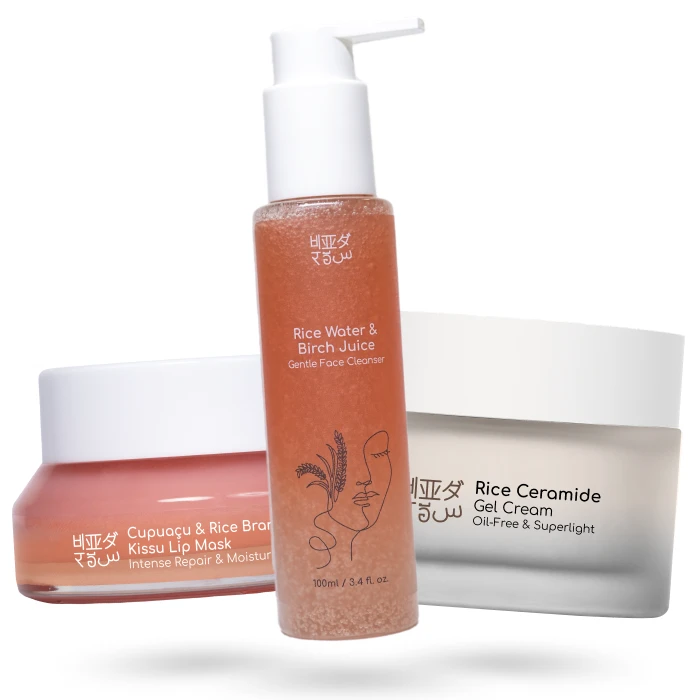
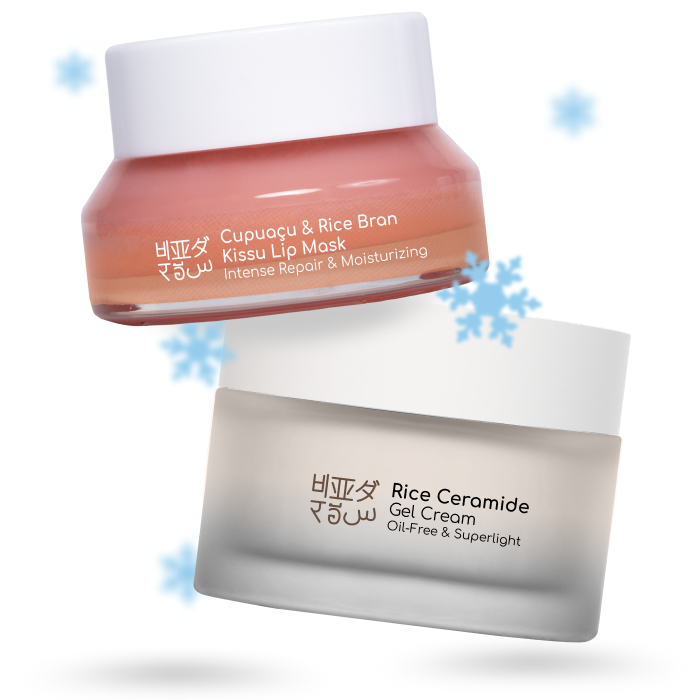
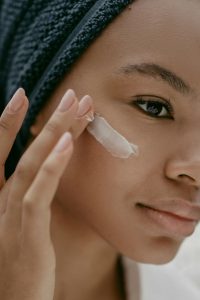





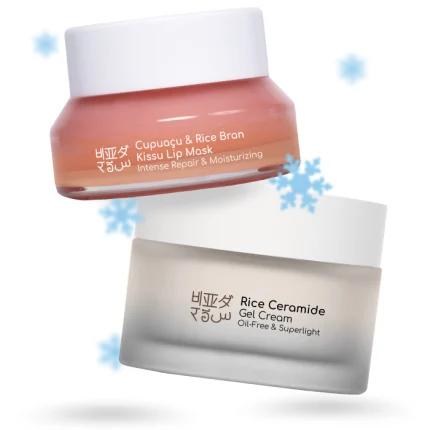
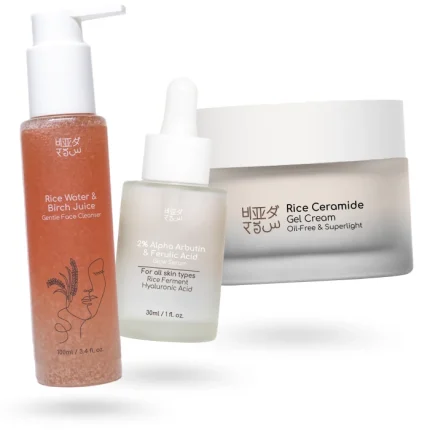
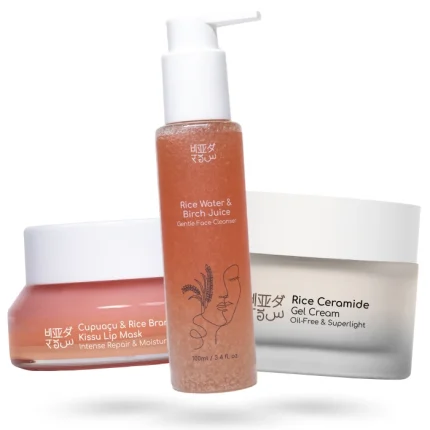
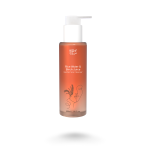 Gentle Face Cleanser - Rice Water & Birch Juice
Gentle Face Cleanser - Rice Water & Birch Juice
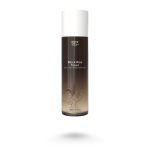 Black Rice Toner - Hyaluronic Acid
Black Rice Toner - Hyaluronic Acid
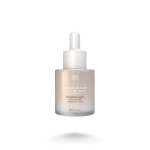 Face Glow Serum - Alpha Arbutin & Ferulic Acid
Face Glow Serum - Alpha Arbutin & Ferulic Acid
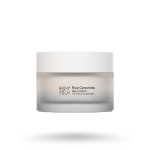 Rice Ceramide Gel Cream
Rice Ceramide Gel Cream
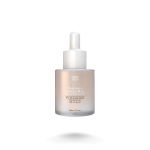 Hair Growth Serum - Redensyl, Anagain & Rosemary
Hair Growth Serum - Redensyl, Anagain & Rosemary
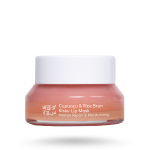 Kissu Lip Mask - Cupuacu & Rice Bran
Kissu Lip Mask - Cupuacu & Rice Bran
